Our mouth can be affected by diseases in any of the areas that form it: teeth, tongue, lips, palate, etc ... Find out which are the most common, its causes, how to prevent them, symptoms and possible treatments.
>> Discover the Best to Avoid and Solve Oral Problems: Dental Irrigators <<
Although many of them are mild, it is important to treat them properly so that they do not get worse and lead to more serious diseases, which can even harm other organs of our body. We recommend that you always consult your doctor if you think you may have any of them.
Top 6 Tooth and Gum Diseases
There are various diseases that affect teeth and gums, but these are the 6 most common problems.
Cavities
Tooth decay is a bacterial infection that attacks and destroys the hardest substance in the body, tooth enamel, and that affects more than 90 percent of the world's population. If not discovered and treated early, it will continue to delve into the tooth, affecting other parts and tissues such as dentin, dental pulp and nerve. In its final phase it can cause a painful inflammation and totally destroy the tooth.
Dental cavities can be associated with genetic causes or to different external factors, such as a poor diet, the intake of medications or poor dental hygiene.
Correct hygiene is essential to prevent tooth decay, always adapted to the needs of each individual. In case of suffering there are different treatments that vary depending on the phase in which it is: filling, endodontics and removal of the piece.
Gingivitis
Gingivitis is a gum inflammation produced by the accumulation of oral biofilm (bacterial plaque). It is usually easily visible because causes redness, tenderness and even bleeding of the gums. Gingivitis is one of the most common oral diseases, with high incidence in the adult population.
It can occur both in own teeth and in implants, being of great importance, once again, the eating habits and dental hygiene. It is a reversible disease, but that can lead to periodontitis in case of not being treated correctly.
Periodontitis or Pyorrhea
La periodontitis is characterized by the appearance of redness, texture changes, bleeding, and receding gums. In more advanced stages of the disease it may appear Dental suppuration and mobility and even the loss of teeth.
All periodontitis comes from the worsening of gingivitis, although gingivitis is not always aggravated, leading to pyorrhea. The origin is the same as gingivitis and there are factors that increase the risk, such as smoking, acute or prolonged infections, diabetes, some drugs, hormonal changes or even stress.
To combat periodontitis, the intervention of a specialist is essential and it is usually necessary to combination of mechanical and chemical treatments, whose purpose is to effectively eliminate bacterial plaque.
Dental stains
It is very common for teeth to develop small imperfections that sometimes indicate a health problem and other times it is simply aesthetic. Can be of extrinsic origin, which would be the superficial and soft deposits, or intrinsic origin, which are those originated within the dental piece and which are part of its structure.
Superficial stains are usually caused by poor dental hygiene and by certain substances such as coffee, tobacco, tea, etc ... The cause of soft deposits is also poor oral hygiene, which can evolve into tartar. On the other hand, intrinsic stains can be caused by medications, malformations, deficiency of any substance in the body or premature aging.
Extrinsic stains are treated with a professional teeth cleaning or teeth whitening, according to their origin and magnitude. If the treatments are not enough, or if the stains are intrinsic, the usual solution is the use of dental veneers to hide them.
>> See more about tooth stains <<
Bruxism
Bruxism refers to habit of clenching the upper and lower teeth unconsciously and involuntarily, both during the day and at night. This grinding can wear down teeth and cause other problems such as headaches or muscle aches in the neck, jaw and / or ear area. It is usual that the individual does not know that he has bruxism until another person warns him that his teeth are grinding or until the dentist detects it.
The causes of bruxism are not entirely clear, although it is usually related to the stress and different states of anxiety. Bruxism has also been linked to a genetic predisposition and with certain allergies.
Treatment for bruxism consists of the use of a discharge splint or mouth guard It slows down tooth decay and relieves other symptoms. It is also often recommended to improve some habits that help reduce states of stress or anxiety.
Dental plaque
Dental plaque consists of a accumulation of microbial communities on an intercellular matrix. For its part, the matrix is an organic framework that is formed by the bacteria themselves, from their remains and those of the polysaccharides. This matrix covers the dental pieces and is the shelter par excellence of the cariogenic bacteria.
As with the previous diseases, its presence can be generated by several factors. Although genetic inheritance plays an important role, a poor dental hygiene or the excess in the consumption of certain foods such as coffee or sugar are usually the main causes for its appearance.
Avoid their formation is the best way to prevent more serious diseases such as tooth decay or gingivitis. The best alternative to prevent dental plaque is maintain optimal dental hygiene and regularly visit the dentist.
>> See more about Dental Plaque <<
The 7 Most Common Tongue Diseases
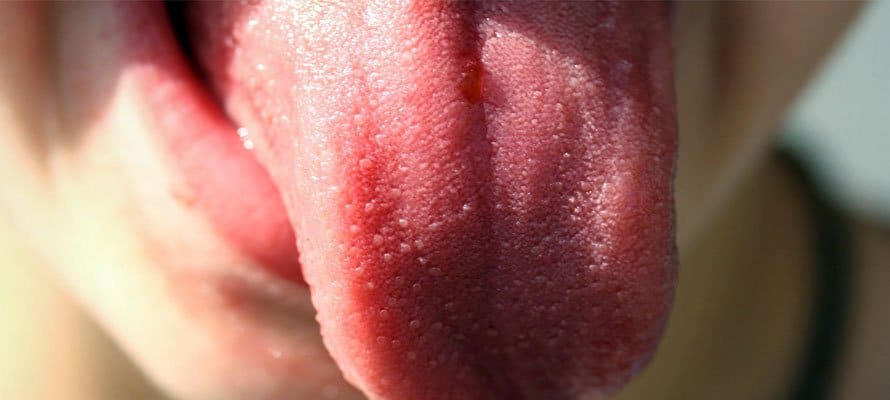
La language it is a muscular organ whose most common diseases are:
Sores or Canker Sores on the Tongue:
The sores, also known as canker sores, are ulcerative-like lesions with a rounded or oval shape. They take on a whitish color and usually have a slight redness around them. They vary in size and are a source of pain and discomfort.
Its causes are very varied and are not limited to poor hygiene. Canker sores on the tongue can also be caused by weak immune system or for a accidental bite inside our mouth. Its appearance is also associated with the stress that is generated in our daily lives.
From the area of prevention, the probability of its appearance can be reduced having a better diet and oral hygiene. In the same way, once they appear, there are different antibiotic and anti-inflammatory medications that help reduce symptoms and eliminate their presence within the oral cavity.
Leukoplakia
Leukoplakia is a type of oral lesion that consists of a growing whitish plaque on some epithelium, in this case on the tongue. This type of plate cannot be removed by dragging the brush. Its appearance is primarily associated with tobacco and alcohol, but the cause of some of its variants is unknown.
In some cases where leukoplakia has been caused by smoking, its solution has been in reducing or stopping their consumption. Although it is a disease that involves changes in cells with keratin, can also affect non-keratinized bodies like the tongue or the oral floor.
Before the appearance of leukoplakia it is recommended to attend with a dentist or oncologist since its appearance can be confused with some types of cancer that occur in the mouth. For this we recommend the performing a biopsy of the affected tissue.
Oral or Muguet Candidiasis:
Candidiasis is an infectious oral disease whose main cause is the fungus Candida albicans. Its characteristic symptom is appearance of whitish lesions on the tongue and they can extend through the entire oral cavity, even reaching the throat or lips.
Causes of yeast infection include a weak immune system, the side effects of taking antibiotics, and having diabetes. A weakened immune system allows the proliferation of pathogens while some antibiotics create an imbalance in the bacteria that coexist in our body.
Diabetes also plays an important role since high blood sugar levels facilitate the proliferation of diabetes. Candida albicans. It is important to clarify that it is not a sexually transmitted disease and that can be easily treated with oral antifungal agentssuch as mouthwashes, syrups, or tablets that dissolve in the mouth.
Geographic Language
The so-called geographical language is a type of glossitis and receives the more exact name of benign migratory glossitis. It consists of a benign inflammation of the tongue, usually painless, characterized by a set of unstacked areas whose locations change places.
As with other diseases, its causes are varied and subject to debate. Some experts point to genetic determinants while others point to a correlation between hormonal levels with the onset of the disease. Likewise, other experts point out a relationship with the vitamin deficiency in the organism
As for its treatment, it is not really necessary. This is because benign migratory glossitis goes away on its own. However, it can be reduced and avoided improving oral hygiene and its symptoms can also be treated with some steroid-based oral topicals or with some types of antihistamines.
Glossitis
Glossitis it is an acute infection that takes place on the tongue. Some symptoms are redness of the tongue, pain, and smoothing of the surface of the tongue. This severe inflammation causes inconveniences to the chewing process, in addition to the tongue becoming much more sensitive to irritating foods.
A common factor that triggers and maintains glossitis is some type of injury such as a burn or bite. However, it can also appear on the occasion of a allergic reaction before an oral hygiene product, for infections o irritating foods or products (spicy food, cigarettes, etc).
The ways to treat glossitis are many, however the first thing that is recommended is a dental consultation. Some of the solutions to this problem are mouthwashes with oral antiseptics, consumption of ascorbic acid and consumption of vitamins, both directly and through fruits, vegetables and vegetables.
Tongue cancer
Tongue cancer is a type of cancer that originates in the cells of the tongue. There are at least two ways it occurs: in the mouth and in the throat. When it is presented at mouth level, it can be diagnosed more easily and can even be removed with fewer complications.
On the other hand, when the same occurs at throat level, It is usually detected at a more advanced point in its evolution, for which the treatment is more complicated. In both cases throat cancer may be related to human papillomavirus, which in turn can serve for its diagnosis.
The treatment of this type of cancer consists mainly in its extraction. However, it is usually accompanied by other methods such as chemotherapy o radiotherapy. In the scenarios in which this type of cancer is overcome, it is sometimes necessary to go to a specialist to rehabilitate the ability to speak.
Kawasaki syndrome
Kawasaki syndrome it is a childhood disease extremely rare. Despite not being a disease of the oral field, it has serious repercussions for the tongue. In general, this syndrome consists of the inflammation of the walls of the blood vessels of the body which, in turn, occurs on the tongue with redness and swelling.
Other symptoms that accompany this disease that mainly affects infants under 5 years of age are: High fever with duration greater than 5 days, redness in the eyes and palms of the hands and feet, burning or itching in the genital area and swelling in the lymph nodes in the neck.
Although its complications are considered rare, the disease can progress to a fatal point. Therefore, immediate medical treatment is necessary when any of the symptoms are detected. After take the infant to a specialist treatment usually consists of administration of aspirin and immunoglobulins and in a lot of rest until the fever subsides.
3 Most Common Lip Diseases
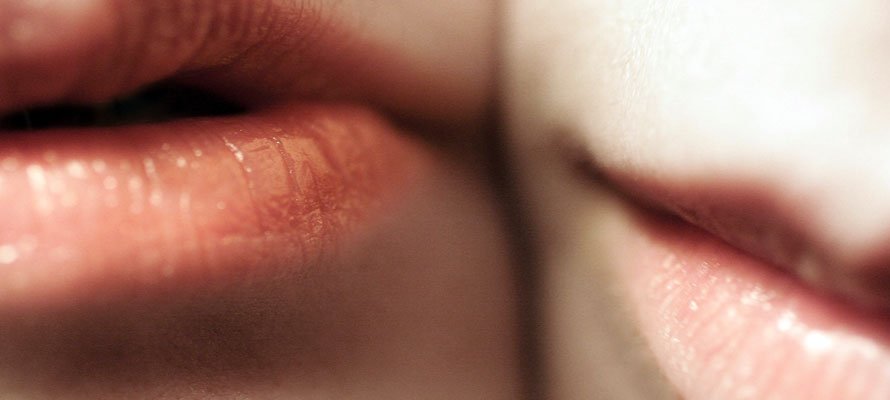
As for the lips, These are the 3 most common diseases that usually affect them:
Lip herpes
Cold sores it is an extremely common pathology caused by a virus. El Herpes Simplex Virus Type 1 It is extremely common and generally affects more than half of the population of a country. Thus, getting a cold sore is as likely as catching the common cold.
However, despite being such a contagious pathology, cold sores does not affect everyone equally. The effects of being a carrier of the virus vary in each person, with some very frequent outbreaks while others have the virus asymptomatically. In the same way, until now there is no cure for cold sores.
What does exist are medicines to relieve symptoms and to lessen the frequency of flare-ups. Some of these are antivirals that slow the appearance of lesions around the lips. Others help dry up these lesions and reduce the pain they cause.
Lip Cancer
Like other types of cancer, lip cancer is defined as the appearance of cancer cells in the tissues corresponding to the mouth and lips. A common sign or symptom of this type of cancer is the appearance of a sore or mass, either on the lips or in a nearby area of the oral cavity. One of the causes associated with its appearance is tobacco use.
If any type of abnormal formation is detected on the lips or in a nearby area, it is best to immediately attend a specialist to perform a biopsy in which the nature of the cells that compose it is determined. In the best of cases, cancer could be ruled out by another, considerably less serious type of oral disease.
If lip cancer is confirmed, treatment is usually removal of affected cellsAs well as treatment with chemotherapy and radiation therapy and / or the administration of different types of medications to combat the disease and its possible progression or recurrence.
Cheilitis
La angular cheilitis It is also popularly known as mouthpiece o perleche. It basically consists of a painful wound that takes place in the fissures or folds of the lips. Such a wound consists of a common dermatosis which presents inflammation. The pain produced is accentuated by the constant friction when talking or eating.
Despite not being the only cause, the most common is due to wearing orthodontic appliances or dentures. It occurs mainly in the elderly and in children and is related to the accumulation of saliva in the folds of the lips. Such accumulation generates a maceration in the skin which in turn leads to the appearance of cracks and their contamination.
La boquera has a cure, but the same it must be carried out quickly so that the effects are not chronic. The first thing to do is eliminate what gives rise to it, for example, when fitting a dental prosthesis it is possible that the angular cheilitis. If the damage is greater, it may be necessary to subsequently administer anti-inflammatory ointments and antibiotics.
Other Common Oral Diseases
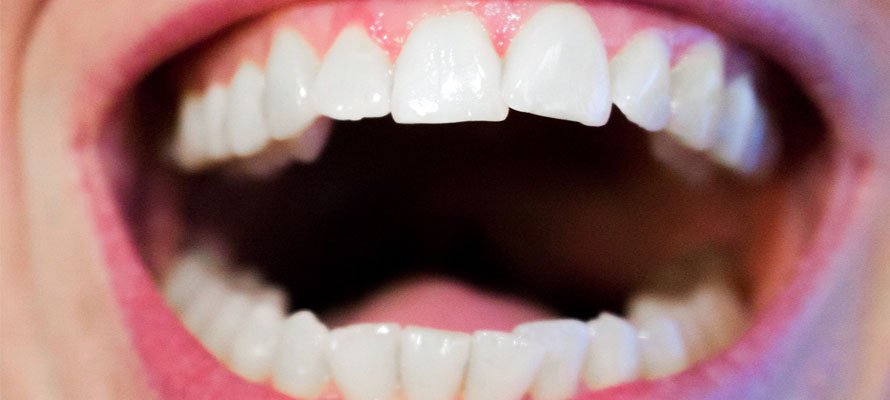
In addition to those mentioned These are other common problems of the oral cavity:
Halitosis
Halitosis It is the unpleasant smell that is emitted through the mouth, what we commonly know as bad breath. The first thing to distinguish is that halitosis can have oral causes and extra-oral causes. The former are related to the amount of bacterial plaque in the oral cavity and the presence of cavities and even the consumption of cigarettes or certain foods.
For its part, halitosis of extra-oral origin is related to systemic diseases. This means that it could be related to a problem with the respiratory, digestive, liver or kidney systems. Nevertheless, the most common type of halitosis according to its origin is oral.
In those cases, the solution consists of a better and more careful oral hygiene. That involves flossing, tongue cleanser, and mouthwash. Carrying oral hygiene according to our needs, it is possible to reduce halitosis to its lowest level until it disappears. A regular appointment to the dentist is also recommended to rule out the presence of cavities or other oral infections.
Papilloma
Human Papillomavirus (HPV) it is a sexually transmitted disease that when it comes into contact with the oral cavity can lead to the appearance of some type of cancer. However, such a process is not as common as you might imagine.
There are many cases in which the body fights the virus when it is in the oropharyngeal area. In such cases, the virus cannot affect the growth of the cells located there and after a while it disappears without causing damage.
However, in cases where the virus persists and infects the person, it is You can go from having oral HPV to having some type of cancer in the oral cavity. In these cases the treatment should be those corresponding to the cancer treatment. For its part, the spread of papilloma can only be reduced through the use of barrier contraceptive methods.
Sores on the gum
Sores, also known as canker sores, are oral lesions that have a whitish color in their center and a reddish border. They vary in size, with the largest being the most difficult to heal.
Sores on the gums like other parts of the mouth are painful, whether they are small or large. Nevertheless, these can occur in wetter sections of the mouth, so its elimination will be a little slower.
Its origin is diverse and They can be caused both by poor oral hygiene and by a deficiency in the immune system. The sores eventually go away but Medications and ointments can be given to reduce symptoms and speed up the recovery process.
Throat sores
In the same way that they occur in other areas of the mouth, sores or canker sores may appear in the throat. When the sores occur at the level of the throat, generate great difficulty and discomfort to ingest food.
In such cases, in addition, the application of ointments becomes a little more difficult and therefore it is advisable to adopt treatments that involve gargling. Following the indicated treatments and proper dental hygiene, in a matter of a few days it is possible to regain full health of the oral cavity, as well as to prevent its future appearance.
Conclusions
These are some of the most common diseases that can affect the different parts that make up the oral cavity. Although each disease can occur for several causes, we have been able to see that poor oral hygiene and poor eating habits are two factors that usually trigger many of them.
Maintaining proper oral hygiene does not guarantee oral health, but it does greatly reduces the chances of suffering from many of the most common diseases. That is why dental hygiene is given so much importance as the best preventive method for many problems.
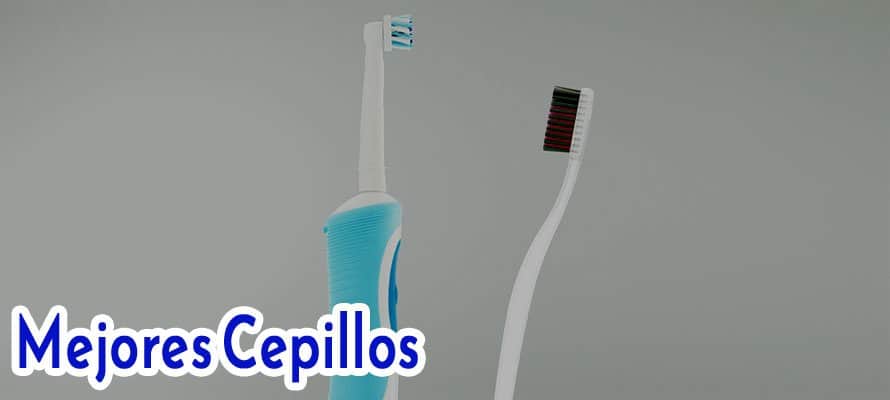

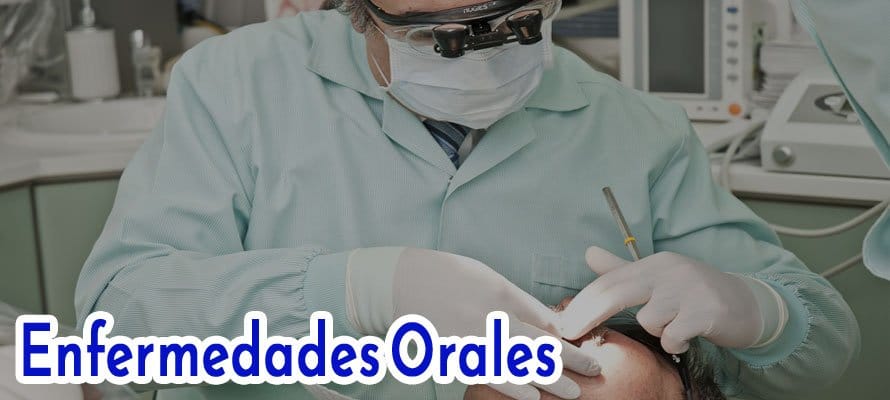
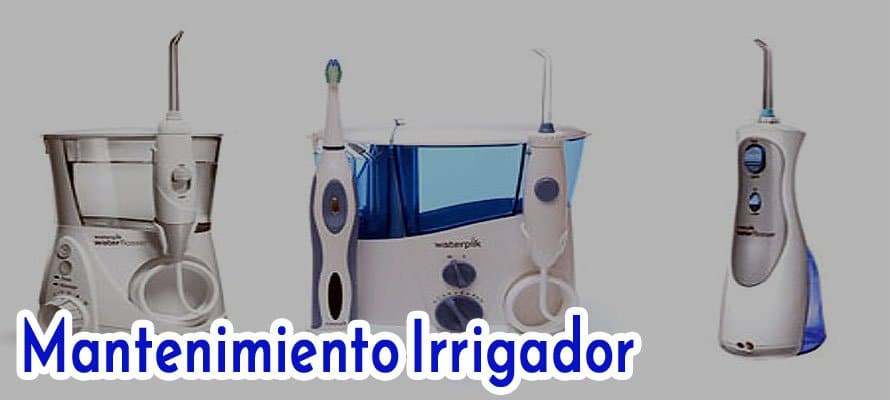
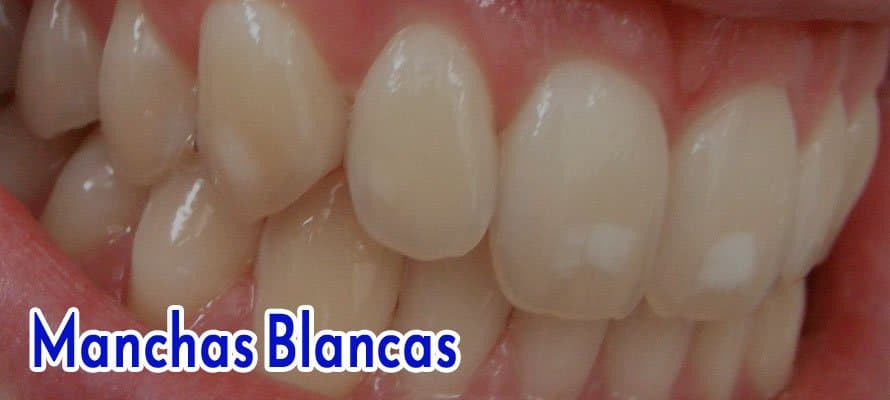
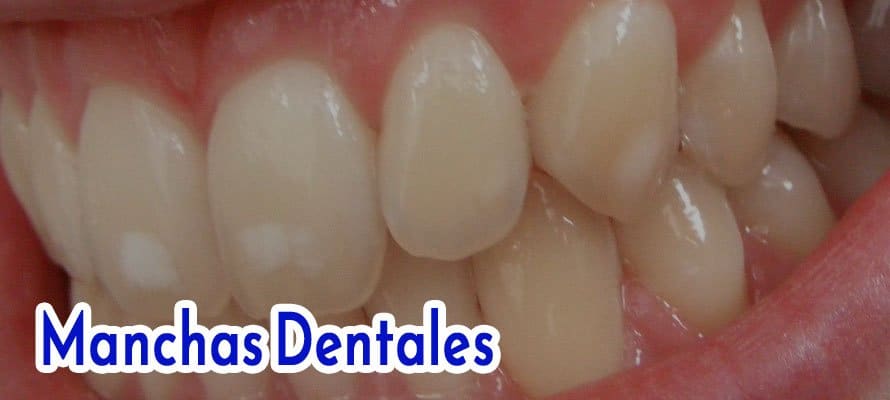

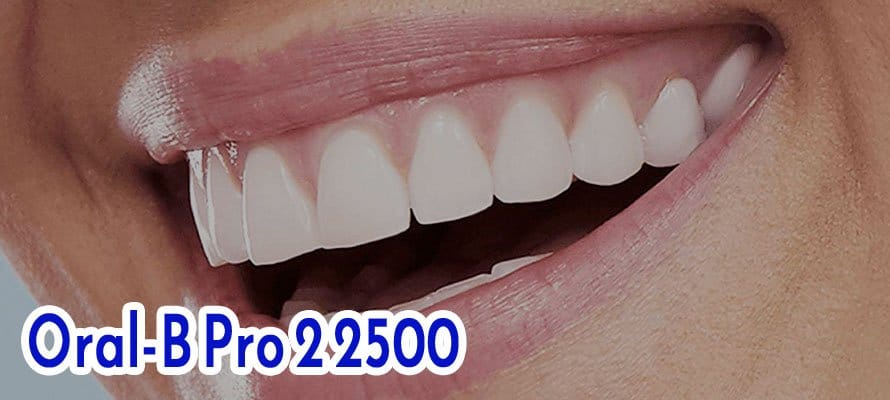
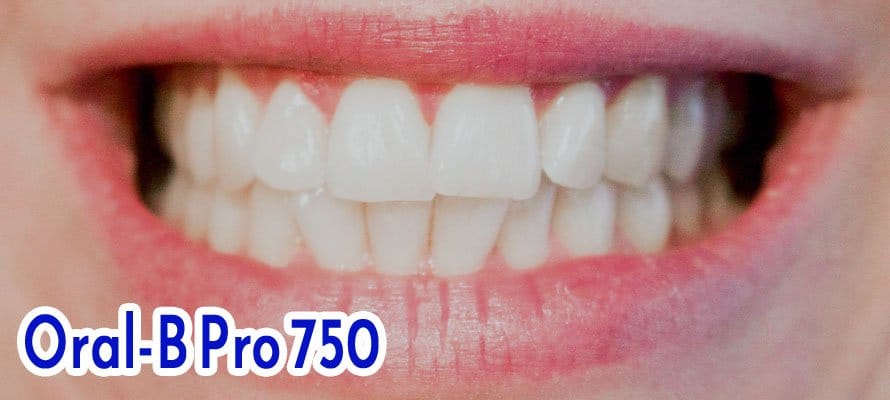
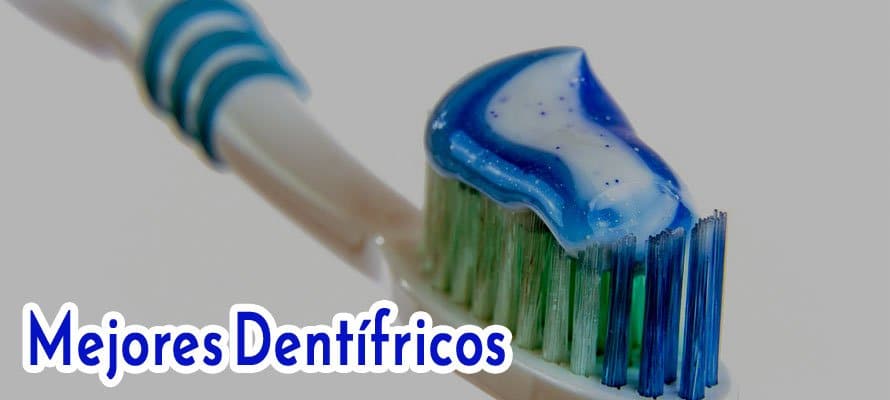


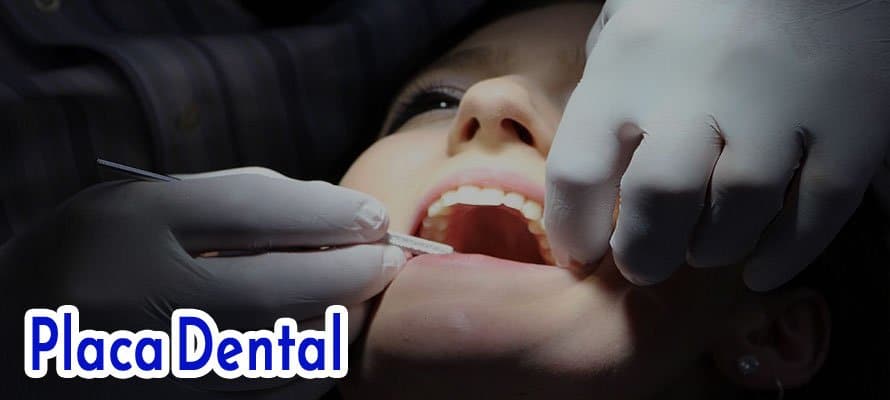

Quite complete and interesting information
Thank you Victaria
Is the information very good?
Thank you Luis.
Thank you, was it helpful for my homework? ☺️
It helped me a lot at school thankssssssssssss